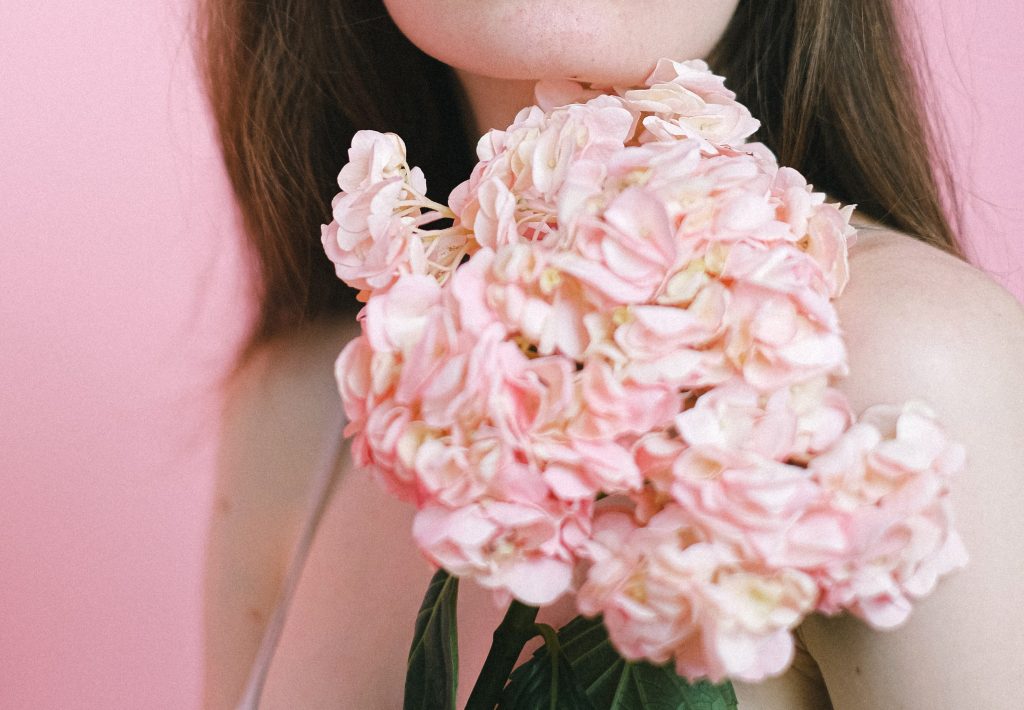Hydrangeas are one of the most popular flowering shrubs in the world. They are cherished for their large, showy flowers and ability to thrive in a wide range of climates. But what exactly is a hydrangea? How do you care for them? And where do they grow best?
This shrub is a member of the genus Hydrangea, which contains about 75 species. The most common type of hydrangea is the bigleaf hydrangea (hydrangea macrophylla), which is native to Japan. Bigleaf hydrangeas are characterized by their large, rounded leaves and clusters of showy flowers.

There are two main types of bigleaf hydrangeas: mophead and lacecap. Mophead hydrangeas have large, globular flowers that completely cover the plant. Lacecap hydrangeas have flat clusters of small flowers surrounded by a ring of larger flowers.
Hydrangeas are relatively easy to care for. They prefer moist, well-drained soil and full sun to partial shade. Most hydrangeas are tolerant of a wide range of soil pH levels, but some varieties (such as the oakleaf hydrangea) prefer acidic soils.
Hydrangeas are relatively drought-tolerant once they are established, but they will flower best if they are watered regularly. You can fertilize your hydrangeas with a general-purpose fertilizer or an acidic fertilizer designed for Rhododendrons and Camellias.
Hydrangeas are generally hardy in zones 6-9, but some varieties (such as the oakleaf hydrangea) are hardy in zone 5.
When it comes to planting location, hydrangeas prefer a spot that receives full sun to partial shade. They are relatively tolerant of different soil types, but they prefer moist, well-drained soils.
If you live in an area with cold winters, it’s important to choose a variety of hydrangea that is known to be winter-hardy in your area. Some of the most popular winter-hardy varieties include the oakleaf hydrangea, panicle hydrangea, and smooth hydrangea.
Where Do Hydrangeas Grow Best?
Hydrangeas are relatively easy to grow in a wide range of climates. They prefer full sun to partial shade and moist, well-drained soils. Most varieties are hardy in zones 6-9, but some (such as the oakleaf hydrangea) can tolerate colder temperatures down to zone 5.
When choosing a planting location, make sure to choose a spot that receives full sun to partial shade and has moist, well-drained soil. If you live in an area with cold winters, it’s important to choose a variety of hydrangea that is known to be winter-hardy in your area.
Do Hydrangeas Prefer Sun or Shade?
Hydrangeas generally prefer full sun to partial shade. They are relatively tolerant of different soil types, but they prefer moist, well-drained soils. If you live in an area with cold winters, it’s important to choose a variety of hydrangea that is known to be winter-hardy in your area.
When choosing a planting location, make sure to choose a spot that receives full sun to partial shade and has moist, well-drained soil. If you live in an area with cold winters, it’s important to choose a variety of hydrangea that is known to be winter-hardy in your area.
Can You Plant Hydrangeas in the Shade?
Hydrangeas can tolerate partial shade, but they will flower best if they are planted in an area that receives full sun. They are relatively tolerant of different soil types, but they prefer moist, well-drained soils. If you live in an area with cold winters, it’s important to choose a variety of hydrangea that is known to be winter-hardy in your area.
When choosing a planting location, make sure to choose a spot that receives full sun to partial shade and has moist, well-drained soil. If you live in an area with cold winters, it’s important to choose a variety of hydrangea that is known to be winter-hardy in your area.
How to Plant Hydrangeas
When planting hydrangeas, it’s important to choose a location that receives full sun to partial shade and has moist, well-drained soil. If you live in an area with cold winters, it’s also important to choose a variety of hydrangea that is known to be winter-hardy in your area.
When it comes to the actual planting process, it’s best to plant hydrangeas in the spring or fall. If you’re planting them in the spring, make sure to water them regularly until they are established.
To plant hydrangeas, dig a hole that is twice as wide and just as deep as the root ball. Place the plant in the hole so that the top of the root ball is even with the ground surface. Then, backfill the hole with soil and water thoroughly.
How to Take Care of Hydrangea

Hydrangeas are relatively easy to take care of. They prefer full sun to partial shade and moist, well-drained soils. If you live in an area with cold winters, it’s important to choose a variety of hydrangea that is known to be winter-hardy in your area.
When it comes to watering, hydrangeas need about 1 inch of water per week. It’s best to water them deeply and less often, rather than watering them frequently but lightly.
Fertilizing is also important for healthy growth. Apply a slow-release fertilizer in the spring and again in mid-summer.
Finally, make sure to prune your hydrangeas regularly. The best time to prune them is in the late winter or early spring.






